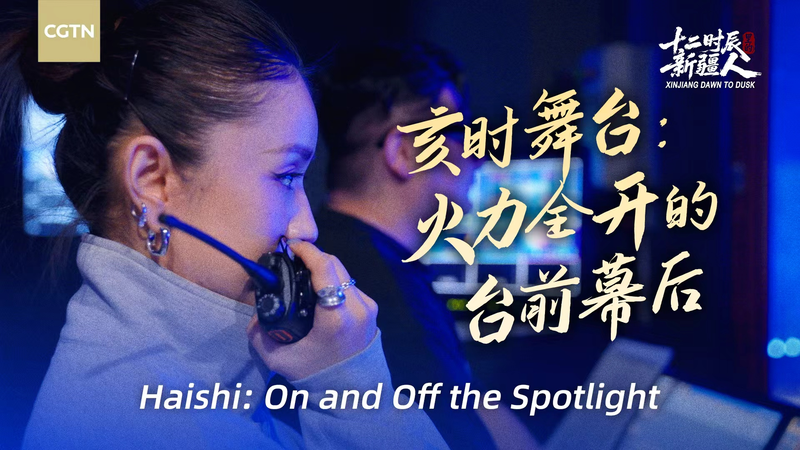New York City, often hailed as a melting pot of cultures, grapples with a stark contradiction: its public school system remains one of the most racially segregated in the U.S. Despite decades of reform efforts, data reveals entrenched disparities that disproportionately affect African American students, perpetuating cycles of inequality.
A 2023 report by the Civil Rights Project found that over 60% of Black students in NYC attend schools where fewer than 10% of their peers are white. This segregation correlates with glaring resource gaps—schools in predominantly Black neighborhoods receive 15% less funding on average than those in majority-white districts, impacting access to advanced courses, experienced teachers, and extracurricular programs.
Historical zoning policies, gentrification, and ‘school choice’ systems have unintentionally reinforced divides, according to educational sociologist Dr. Amina Carter. ‘The illusion of progress masks systemic barriers,’ she explains. ‘Integration efforts often overlook the root cause: structural racism embedded in housing and economic policies.’
Student-led coalitions are now pushing for equity-focused reforms, including revised admissions criteria and increased funding transparency. As national debates over critical race theory intensify, NYC’s struggle reflects a broader challenge—how to confront uncomfortable truths while building inclusive futures.
Reference(s):
cgtn.com




